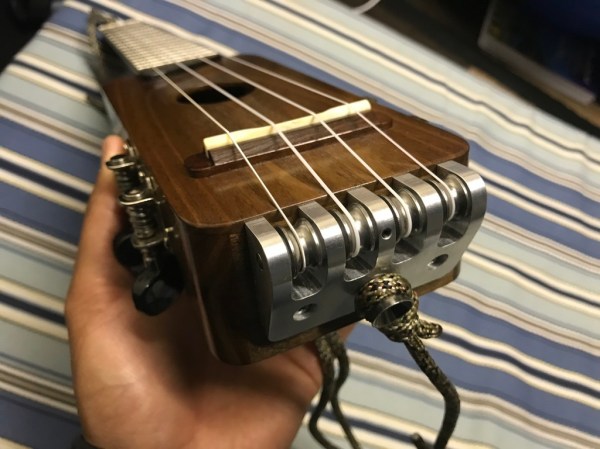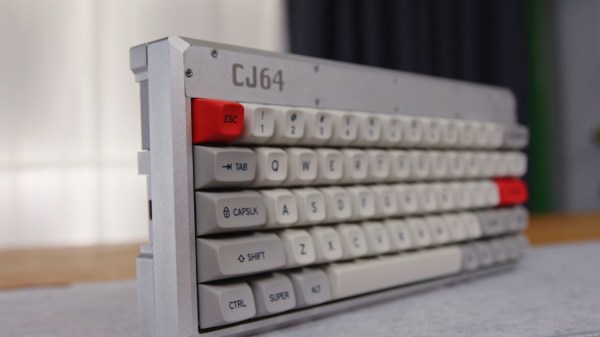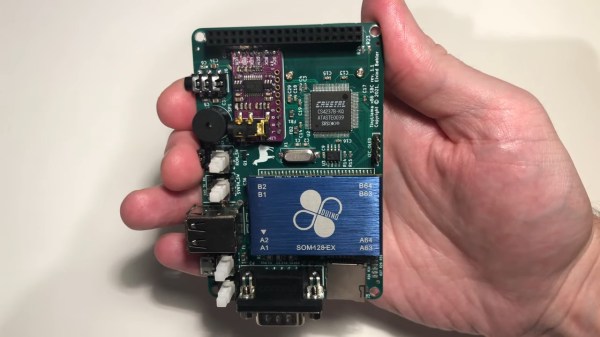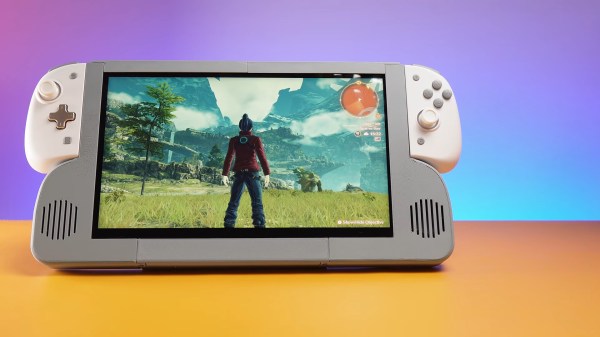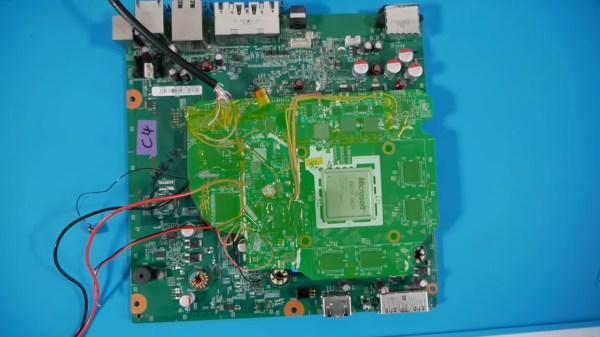When faced with what to build from the trimmings of the walnut tree in her yard, [Amy Qian] decided to build a headless travel ukulele. [via MAKE:]
Headless instruments relocate the tuners to the body of the instrument, and [Qian] had to do a fair bit of trimming and whittling on the body to make the tuners fit just right and still be operable via four scoops cut into the sides. After some initial troubles with the amount of friction on the strings produced by the mandrel, she replaced it with a set of ball bearings and a holder she machined out of aluminum.
We love how [Qian]’s extensive build log goes through the entire process of making this diminutive instrument from trimming dead walnut branches to building a playable instrument. Little details like the maple strip in the neck and the cocobolo accents really take this far beyond the cigar box instruments that start many down the path of luthiery.
Looking for more musical hacks? How about this set of Commodore 64s turned into an accordion or this Baguette Theremin?

